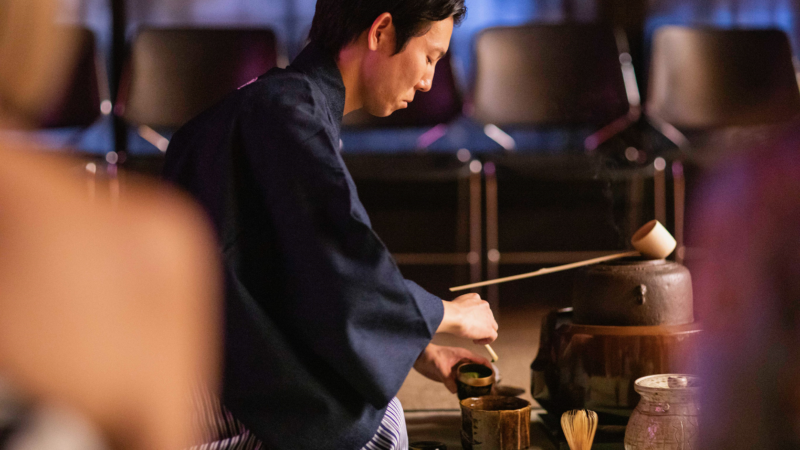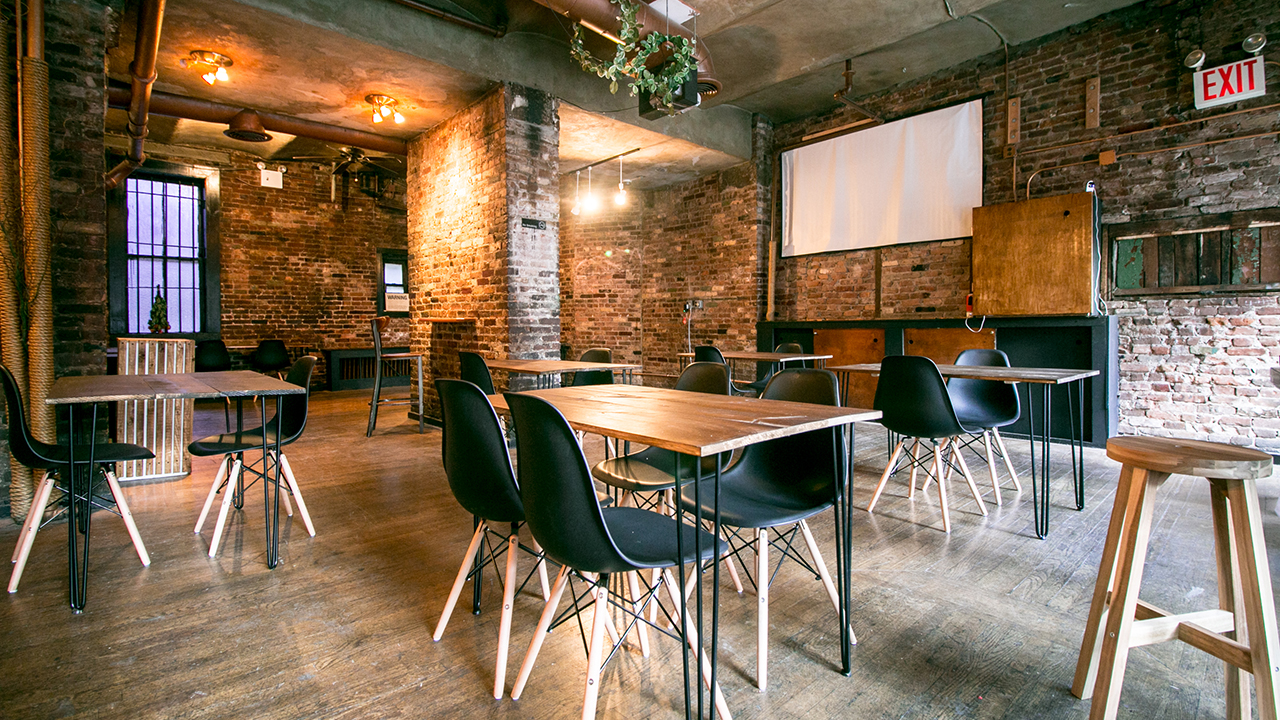Deborah Klens-Bigman, Ph.D. ◆ January 26, 2016

I just came back from some training in Japan. There is a lot to be said for being able to go there, to go to a “real” dojo, to take part in a practice in which you are not a teacher or even a senior student, but just an interested foreigner who rarely gets such an opportunity. In some ways, I am still processing the experience.
But one of my favorite things about being able to train in Japan, is how small I feel, as though I am creeping around among giants. The iaido teacher I train with is 90 years old; he has been training in budo for over 70 years. Last year, I was able to show him some of my Muso Shinden ryu practice, even though he himself teaches Muso Jikiden Eishin ryu (a related style that I think of as being like a cousin to ours). I did my very best, as though I was performing in front of my own, original teacher, who passed away ten years earlier. It was a great privilege. Moreover, I felt like I was getting another chance to show my teacher what I had learned from him, in having an opportunity to show this gentleman what my teacher had taught me.
This time around, he kicked out butts through Shinto Hatakage Ryu Iai Heiho, an old and not very well-known style. Unlike some of the more recent styles of iaido, this one has fewer forms, and even some of the names of the forms have been lost. Like a lot of Japanese teachers, he spoke little, except for the phrase “mo i-kai,” which means “one more time” or “hai – sugi,” which means (loosely) “okay – next,” meaning we should go on. It doesn’t sound like much, but without discussion, one gets a lot more practice in. At the end of 2-1/2 hours (which did not feel that long), we were drenched in sweat and felt as though every aspect of our practice had been raked over (which it had been). Without him saying much, we each saw faults in our technique, and we each had an opportunity to improve. As a student, I felt enormous benefit, and, as a teacher, I felt sort of jealous and wished I had similar ability; but then, I’ve only been teaching for about 16 years. In this teacher’s book, that puts me about midway through grade school. I have been training for 30 years. It sounds like a lot from an American perspective; but, again, I think that puts me in about 7th grade.
At the jodo practices, the shihan arranged for some of his high-ranking students to come work with us. The shihan even had time to work with me one-on-one himself. The shihan is younger than the iaido teacher, but all the same, the time he has spent in training and teaching eclipses my minimal experience by many years. Yet he showed similar generosity in time and attention, though his teaching style, and the content of the class are radically different from the iaido practice. While iaido includes solo kata practice, all of jodo is partner-oriented. Where iaido is generally quiet, jodo is noisy with sticks hitting wooden swords and kiai loudly accenting strikes and thrusts. (It’s not as loud as kendo, but then, almost nothing is.)
I have been privileged to practice at some very, very old dojo in Japan. The floors are worn and grooved from years and years of bare feet – sliding, pounding, learning. It’s frequently too cold (or too hot!). Sometimes the roofs leak a little, here and there. The places themselves can make you feel small when you realize all of the years of effort that has gone into practice, practice, practice. Even though I am still shaking off jetlag and trying to get back into a normal routine (whatever that is), one thing that I have processed from the trip is to keep practicing, keep learning, keep growing.




